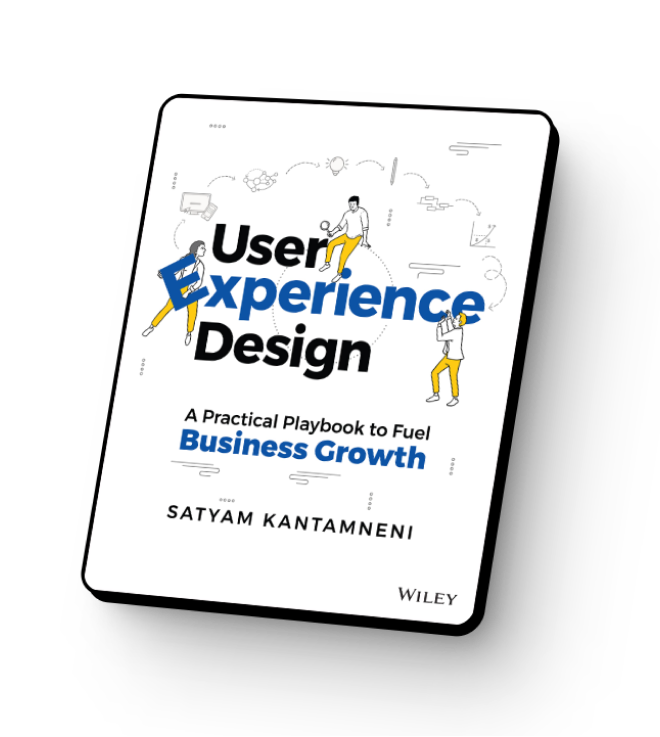What tech and SaaS leaders can do now to win in tough times
Whatever your definition of recession, there’s no denying that tough times are ahead.
Costs are skyrocketing.
Capital is scarce.
Companies that looked untouchable are cutting head counts, SaaS tools, and any costs they can’t justify during times of uncertainty.
For some founders and leaders, this is uncharted territory. For over a decade, we’ve only seen markets increase and outsized valuations.
But now, instead of the “growth at any cost” investor mentality, we’re seeing market pragmatism descend like gravity.
You might not know what to expect or how to react.
Here’s What to Anticipate as the Economy Tightens
Having experienced two recessions, I can tell you what the signs mean for startups (the canaries in the coal mine) and established firms (which run out of breathing room next).
I’ll tell you not only how to survive but how to win as money gets tighter. Because even in tough economies, there are unique opportunities for serious leaders.
Startups: Funding & Investor Expectations Are Radically Shifting
If you’re a startup founder, you’ll find that venture capital and private equity are scarce. Your next funding round may not be months away but years away.
Last year, companies like yours could get seed funding on MVPs and Series B or C funding on not-yet-profitable products. In this economy, investors are looking for proven market acceptance.
Investors will only give the time of day to companies that show an efficient, reliable path for the product. They’re now doing the math on your burn rate. We haven’t seen this level of discipline in the investor class in 10 years — and they expect the same level of discipline from startups.
“So we all of a sudden have discipline that I have not seen in this investor class in the 10 years I’ve been doing it… They’re going to invest less in speculative stuff, and they’re going to invest more in the actual builders who have discipline. So we’re going to see this massive swing to discipline and we’re going to flush out all the people who don’t have product market fit.”
Jason Calacanis, ALL-IN PODCAST
The silver lining? If you can prove product-market fit, you’re ahead of the other contenders for investment capital.
From startups, the constriction spreads to established firms.
It takes a toll on companies that look secure but are on shaky ground.
If your B2B tech or SaaS product was skating by with clients before, it could be on the chopping block today. Business buyers are demanding value, prioritizing products that make them more efficient, and making do with less. Every expense will be under scrutiny. You’ll see more churn and higher costs of acquisition.
At the same time, you’ll face pressure to find your own savings. Can you afford to cut help desk service and customer training? It depends on the state of your product.
Pulling back those supports will reveal the truth. If your user experience is solid, your product may stand a chance. But if you’ve been masking product design and experience issues, a suboptimal product may not find a place in your customer’s shrinking budgets.
For established products,
“If you’re making your move into the enterprise now, the stakes are rising. Volatile tech markets and fears of a recession mean enterprise technology buyers may be even less likely to spend money on new, unproven tech in the coming months or years. So if you’re new to the enterprise market, you need to enter the fray fully prepared to do it right.”
Bill Binch, TechCrunch
Fewer than 1 in 10 Firms Thrive in a Recession
The next 18-24 months are going to be challenging.
Executives know it. Yet, if you ask tech and SaaS leaders how they plan to react, the overwhelming majority believe they’ll “out-accelerate” the competition. The fact is, there will be winners and losers in the downturn.
Look around at your competition. Some may loom large today, but a number won’t be here in two years. Instead, they’ll be case studies of the recession.
Others will come out limping. The select few will emerge from the downturn stronger than ever.
Research from Harvard Business Review on 4,700 public companies shows that 17% didn’t survive a recession: they went bankrupt, were acquired, or became private. Of those that survived, 80% were painfully slow to recover. Only 9% of the sample flourished after a slowdown.
Harvard Business Review study of 4,700 public companies shows that 17% didn’t survive a recession: they went bankrupt, were acquired, or became private. 80% were painfully slow to recover. Only 9% of the sample flourished after a slowdown.
Strategies to Avoid During a Recession
Let’s talk about what strategies don’t work in a recession.
For startups?
The fatal mistake is to accelerate at the wrong time. Founders have always been tempted to ship without testing, seduced by their own confidence in the product.
But doing so is like flying a plane without testing, in a lightning storm.
You may think you’re saving time and money by not talking to users, but without a proven product-market fit, you may not get your next round of funding. Let alone revenue from paying customers.
For established B2B SaaS and tech?
The fatal mistake is denial. You may believe you can keep skating by with a suboptimal product. After all, you have costs to keep in check. And your customers tolerated the product before. But tolerance will be at an all-time low.
They’ll notice if your product is clunky, unintuitive, or redundant. It won’t be enough to tweak your interface or tack on features. In today’s economy, making superficial fixes to UI is tantamount to fiddling while Rome burns.
Whether you’re a startup or established, know this, too: There is no safety in imitation. To make it, you need to be seriously differentiated, now more than ever.
What Research from Past Recessions Tells Us About Winners & Losers
So, where do you cut? Where do you invest?
Research from past downturns tells us:
Companies that came out of a recession strongest were selective. They only pared back where necessary. They made significantly greater investments than their rivals in R&D and marketing.
How did they make the tough calls?
Last recession’s winners stayed “closely connected to customer needs — a powerful filter through which to make investment decisions.”
It’s your job to find out what your specific customers need, but there are two universal truths.
1: Customers will gravitate to products that have no close substitutes.
Your proprietary technology must be at least 10x better than the closest substitute.6 In ways that matter to customers.
This has always been true. But now, undifferentiated technology and software will be the first to fall in a crowded market. Don’t guess at what your users need. Build the discipline to discover what critical pain points your customers will pay more to solve.
Then, solve their problems 10x better. That’s how you put serious distance between your product and every alternative.
Don’t guess. Build the discipline to discover what critical pain points your customers will pay more to solve. Then, solve their problems 10x better.
2: Customers demand extraordinary experience.
No matter how powerful your product is, it will only survive if it makes your users more powerful.
Poor experience costs your customers too much in tough times.
So, how do you know whether your product experience is competitive?
You talk to users.
Poor experience costs your customers too much in tough times. So, how do you know whether your product experience is competitive? You talk to users.
Every dollar invested in UX brings 100 dollars in return (Forester Research).
That’s an ROI of a whopping 9,900 percent.
Let me be clear, the goal is not merely to avoid failure, it’s to come out stronger than before. By getting closer to users you’ll reveal opportunities: new markets, new offers, new product ideas.
Diversification is never smarter than in a downturn.
Take your cues from companies that came out ahead of the Great Recession (like Netflix, Mailchimp, Uber, Square, Salesforce, Adobe), and you can do more than survive. You can capture market share. Yes, even in a downturn.
Bear markets have proven to be breeding grounds for innovation.
Generate Real Value Through Product Innovation & User Experience
I was with one of the world’s largest FinTech companies during the Great Recession. We emerged stronger than ever, but in the flush times that followed, I saw too many products fail. Needlessly. Through sheer waste.
That’s why I founded UXReactor. Our mission to bring rigor to product innovation and user experience.
Along the way, we’ve partnered with well-funded startups that have achieved unicorn status, disrupted industries, and been acquired by giants. UXReactor has been instrumental in designing a market-leading innovation for Nokia, creating a competitive advantage for a $1B networking company, and more.
By using a proven process for user-centered innovation, we’ve enabled our clients to generate multiple billions in additional value.
Next Steps to Recession-Proof Your Firm
Now, you know what to expect.
You know what to avoid.
You know how to build your economic moat.
It’s up to you as the leader. Even if you’ve never led through a recession, you have what it takes to protect your team and your company now.
But you must stay close to your customers. You must use insight to radically differentiate and elevate your product experience. Make this a mandate for your people. Hold everyone accountable to the customer. If you stumble, go back to the first principles: user first, then experience, then design.
[fluentform id=”21″]


